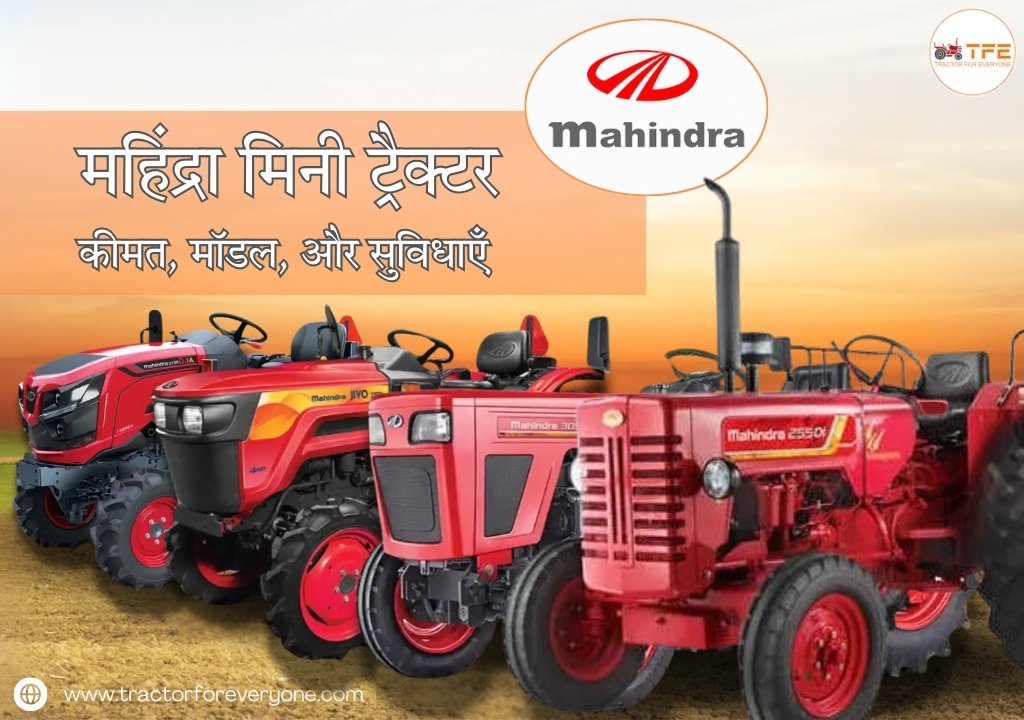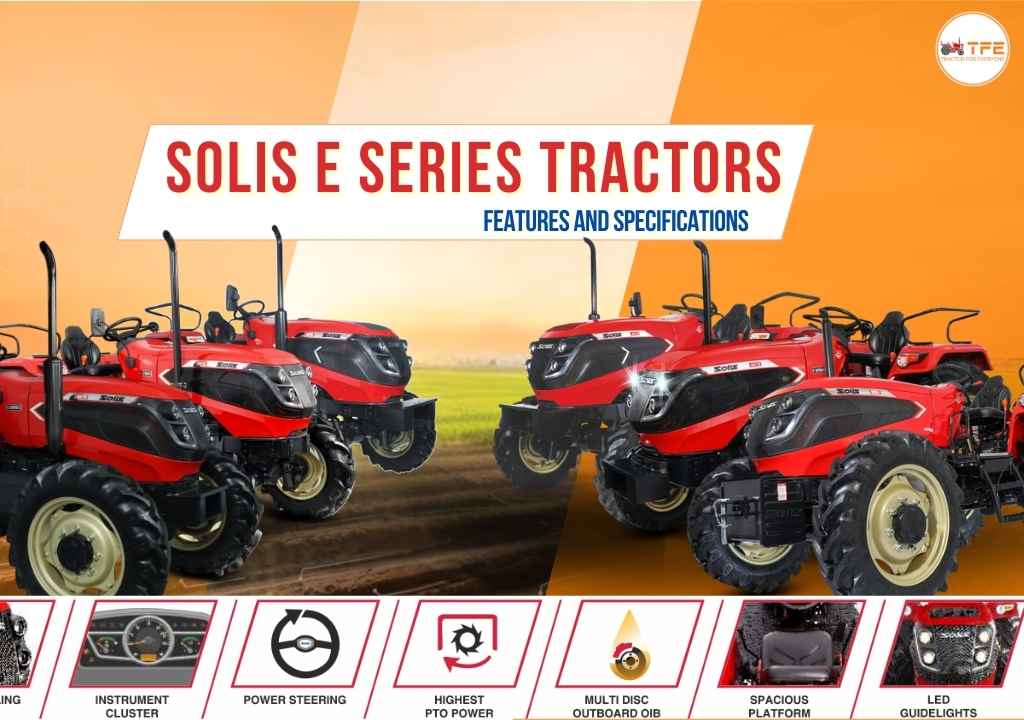Best Used Car, Services, Auto Parts, Rent Car Available for Buy and Sell Near By Go Ahead
- Swaraj Price 2025: Latest Swaraj Tractor Price List and On-Road Rates in India
- महिंद्रा मिनी ट्रैक्टर - कीमत, मॉडल, और सुविधाएँ
- Best Tractors in India 2025: Top 10 Picks for Every Farm Size
- Swaraj 855 FE Tractor Review 2025 Features, Price and Performance Explained
- महाराष्ट्र फार्मर आयडी: ऑनलाइन नोंदणी प्रक्रिया, कागदपत्रे आणि फायदे
- Sonalika Tractor Price 2025 Complete List of Models, Series and Latest Offers
- Swaraj Tractor Price List 2025: Best Tractors for Small, Medium & Large Farms
- Swaraj 744 FE Price, Features & On-Road Cost Explained for 2025
- Mahindra Tractors Price 2025: Complete List, Series-Wise Comparison and Best Models
- New Holland 3630 TX Super Plus+ Tractor Review 2025: Features, Price and Performance

The Essential Guide to Tractor Power Steering: A Boon for Modern Farmers
Tractors are the workhorses of agriculture, but maneuvering these powerful machines can be a challenge without proper steering assistance. Enter power steering, a technological marvel that has transformed the way farmers operate their equipment. This two-page guide dives deep into the world of tractor power steering, exploring its components, operation, and the significant benefits it offers to modern agriculture.
Table Of Contents:
1. Introduction : From Backaches to Smooth Sailing: A Historical Perspective
2. Understanding the Power Behind the Wheel: Components Explained
2.1. Hydraulic Power Steering
2.2. Electric Power Steering
3. The Magic Behind the Movement: How Power Steering Works
3.1. Hydraulic Power Steering
3.2. Electric Power Steering
4. Choosing the Right System: Hydraulic vs. Electric
5. A Multitude of Benefits: Why Power Steering Matters
5.1. Reduced Operator Fatigue
5.2. Enhanced Maneuverability
5.3. Increased Productivity
5.4. Improved Safety
5.5. Extended Tyre Life
6. Investing in Efficiency: Choosing the Perfect Power Steering System
7. Conclusion: Power Steering - A Game Changer for Modern Agriculture
1.From Backaches to Smooth Sailing: A Historical Perspective
Steering a tractor without power steering was akin to navigating rough terrain on foot. The early 1900s saw the birth of the first power steering system, but it wasn't until the mid-20th century, with the introduction of the Cadillac Chrysler Imperial in 1951, that this technology gained widespread recognition. Today, power steering is an indispensable feature in most modern tractors.
2.Understanding the Power Behind the Wheel: Components Explained
Tractor power steering comes in two primary forms: hydraulic and electric. Let's delve into the key components of each system:
2.1 Hydraulic Power Steering:
Hydraulic Pump: This pump, powered by the tractor's engine, pressurizes hydraulic fluid.
Hydraulic Cylinder: This cylinder houses a piston that receives the pressurized fluid, exerting force to turn the wheels.
Steering Control Valve: This valve regulates the flow of hydraulic fluid to the cylinder, directing the appropriate amount of force based on the driver's input.
2.2 Electric Power Steering:
Electric Motor: This motor provides the necessary assistance for turning the wheels.
Steering Column: The familiar column where the driver holds the steering wheel.
Control Module: This module analyses steering wheel position and torque, determining the level of assistance required by the electric motor.
3. The Magic Behind the Movement: How Power Steering Works
Both hydraulic and electric systems operate on the principle of multiplying the driver's effort. Here's a breakdown of their functionalities:
3.1 Hydraulic Power Steering:
1. The driver turns the steering wheel.
2. This action activates the hydraulic pump, which pressurizes the fluid.
3. The pressurized fluid flows through hoses to the hydraulic cylinder.
4. The piston within the cylinder receives the force of the fluid, pushing against the tractor's frame and ultimately turning the wheels.
3.2 Electric Power Steering:
1. The driver turns the steering wheel.
2. Sensors detect the torque and position of the steering wheel.
3. The control module interprets this information and determines the required assistance level.
4. The electric motor receives a signal from the control module and provides the necessary torque to assist the driver in turning the wheels.
4. Choosing the Right System: Hydraulic vs. Electric
The choice between hydraulic and electric power steering hinges on specific needs:
Hydraulic Power Steering:
Offers superior power for heavy-duty tasks.
May require more maintenance compared to electric systems.
Traditionally found in older tractors.
Electric Power Steering:
Provides smoother steering and improved fuel efficiency.
Generally requires less maintenance.
A common feature in newer tractors, often paired with advanced driver assistance features.
5. A Multitude of Benefits: Why Power Steering Matters
The implementation of power steering in tractors has revolutionized agricultural practices by offering a multitude of advantages:
Reduced Operator Fatigue: Steering a tractor becomes effortless, minimizing fatigue and allowing farmers to work longer hours with greater efficiency.
Enhanced Maneuverability: Power steering grants precise control, enabling farmers to navigate tight spaces and around obstacles with ease.
Increased Productivity: Reduced fatigue and improved maneuverability translate to faster completion of tasks and higher overall productivity.
Improved Safety: Precise steering control minimizes the risk of accidents, ensuring the safety of both the operator and the surrounding environment.
Extended Tyre Life: Power steering helps maintain proper tyre-to-ground contact, reducing wear and tear and extending tire lifespan.
6. Investing in Efficiency: Choosing the Perfect Power Steering System
Several factors influence the selection of a power steering system for your tractor, including brand, model, and budget. Popular choices include Mahindra, Swaraj, Sonalika, and John Deere, each offering a range of power steering-equipped models. Consider factors like horsepower, additional features, and price when making your decision. Popular models like the Swaraj 735, Massey Ferguson 1035 DI, and Mahindra 275 DI XP Plus all boast power steering options.
7.Conclusion: Power Steering - A Game Changer for Modern Agriculture
Enhancing steering systems in agricultural machinery offers significant benefits, such as improved safety, reduced operator fatigue, and increased productivity. By reducing steering effort, power steering technology plays a crucial role in enhancing the efficiency of driving farm equipment. It's important to recognize the importance of effective steering in agricultural operations and the role of hydraulic power steering in optimizing the performance of farm equipment.
The integration of advanced steering technologies in tractors contributes to driving efficiency and minimizes operator fatigue. Selecting the appropriate power steering system can substantially elevate the overall performance and maneuverability of tractors. Ultimately, this translates into enhanced yields and profitability within the agricultural sector.
Write a Comment
Popular Blogs View All
-

Swaraj Price 2025: Latest Swaraj Tractor Price List and On-Road Rates in India
07/24/2025, POSTED BY ADMIN -

महिंद्रा मिनी ट्रैक्टर - कीमत, मॉडल, और सुविधाएँ
02/18/2025, POSTED BY ADMIN -

Best Tractors in India 2025: Top 10 Picks for Every Farm Size
05/29/2025, POSTED BY ADMIN
Popular Video View All
-

महाराष्ट्रात Second Hand Tractors ची उत्तम संधी! तुमच्या बजेटमध्ये, विश्वासार्ह ट्रॅक्टर मिळवा!
12/16/2025, POSTED BY ADMIN -

TFE Reaper Machine Working | Full Multi-Crop Cutting Process!
12/16/2025, POSTED BY ADMIN -

5 Things You Need to Know Before Buying a Solis E Series Tractor
05/17/2025, POSTED BY ADMIN

